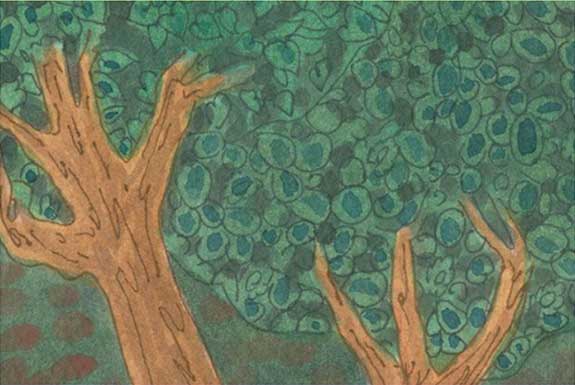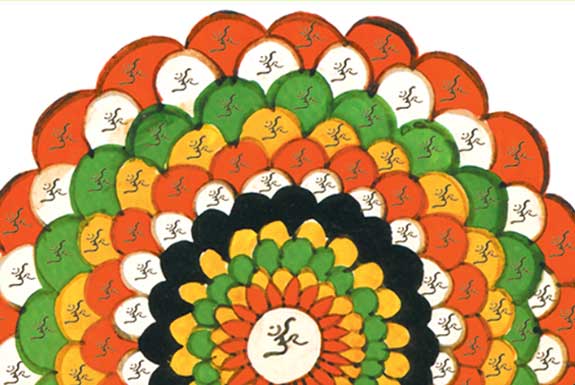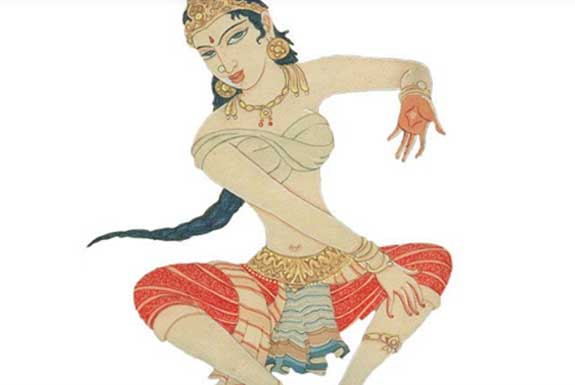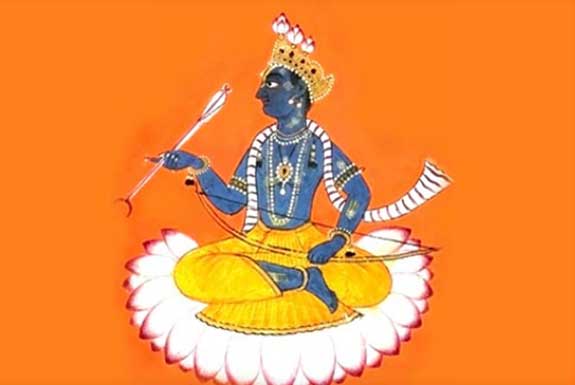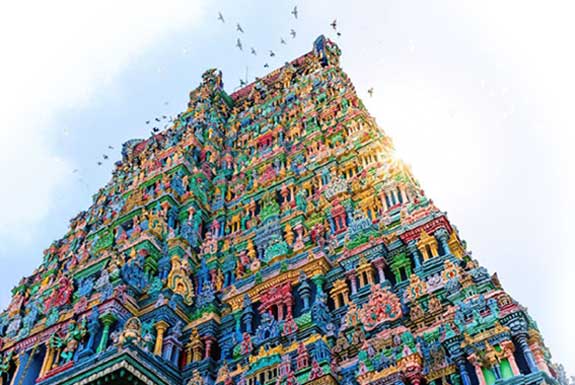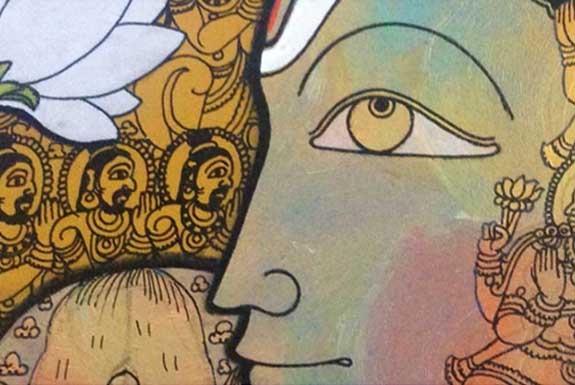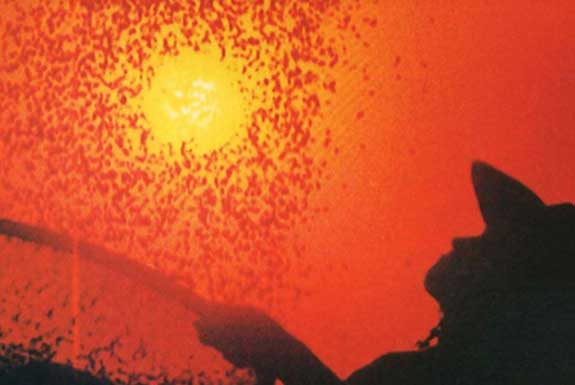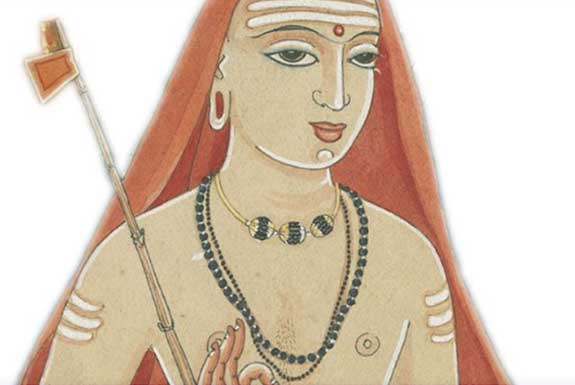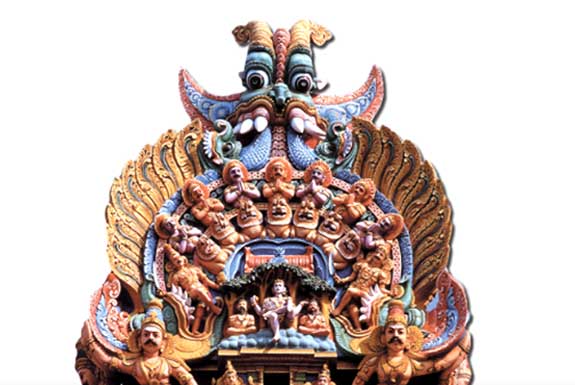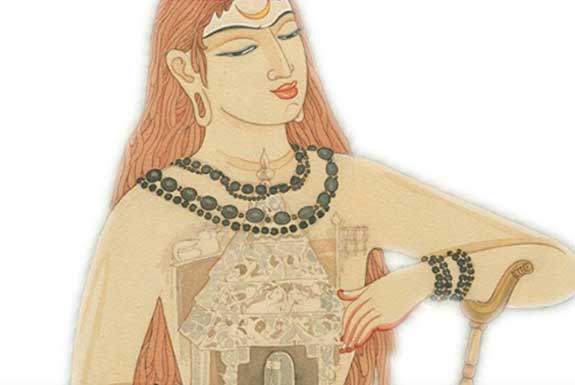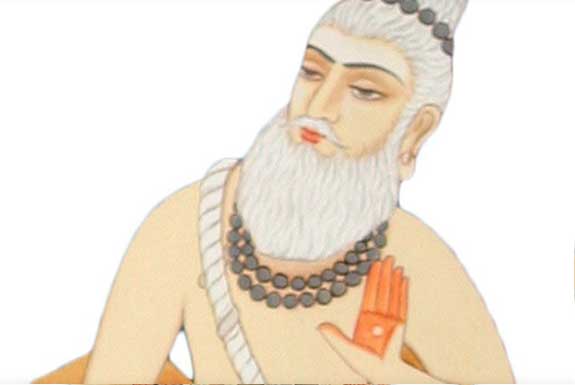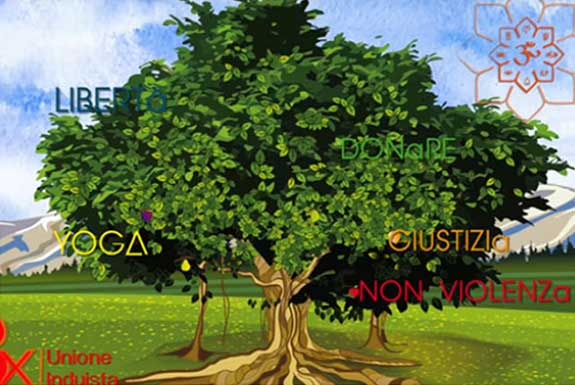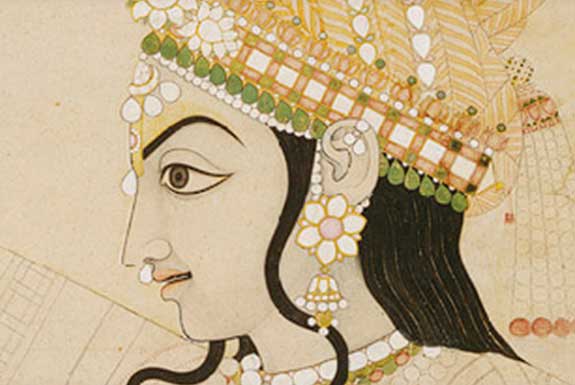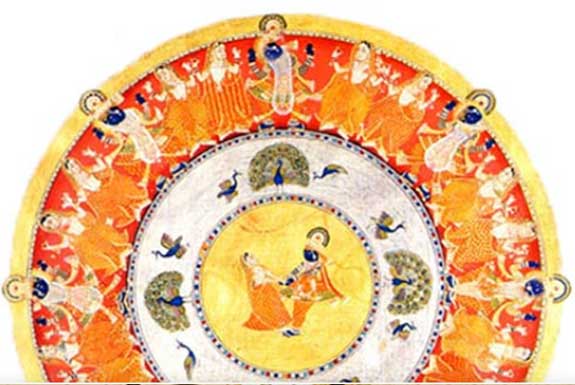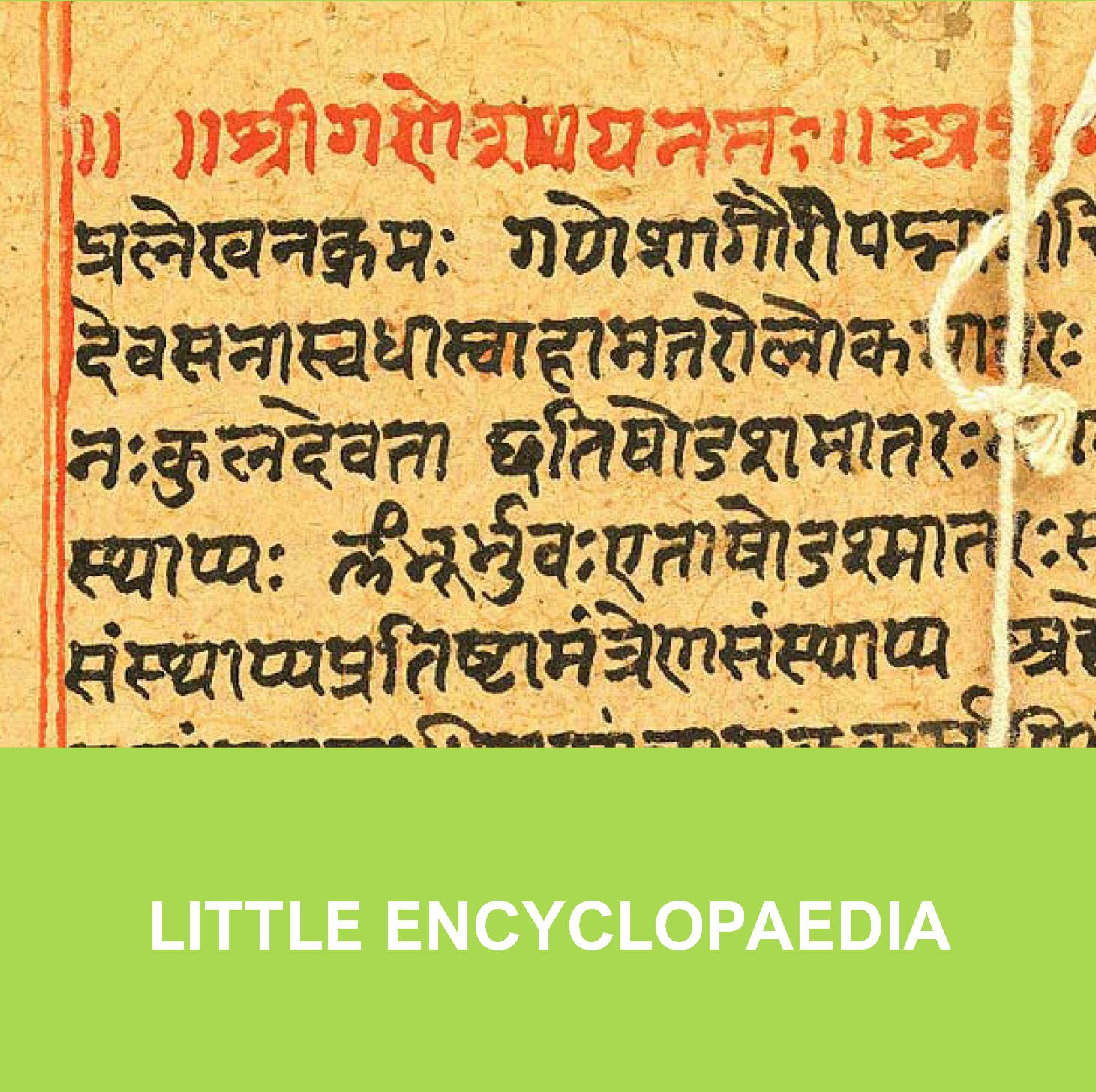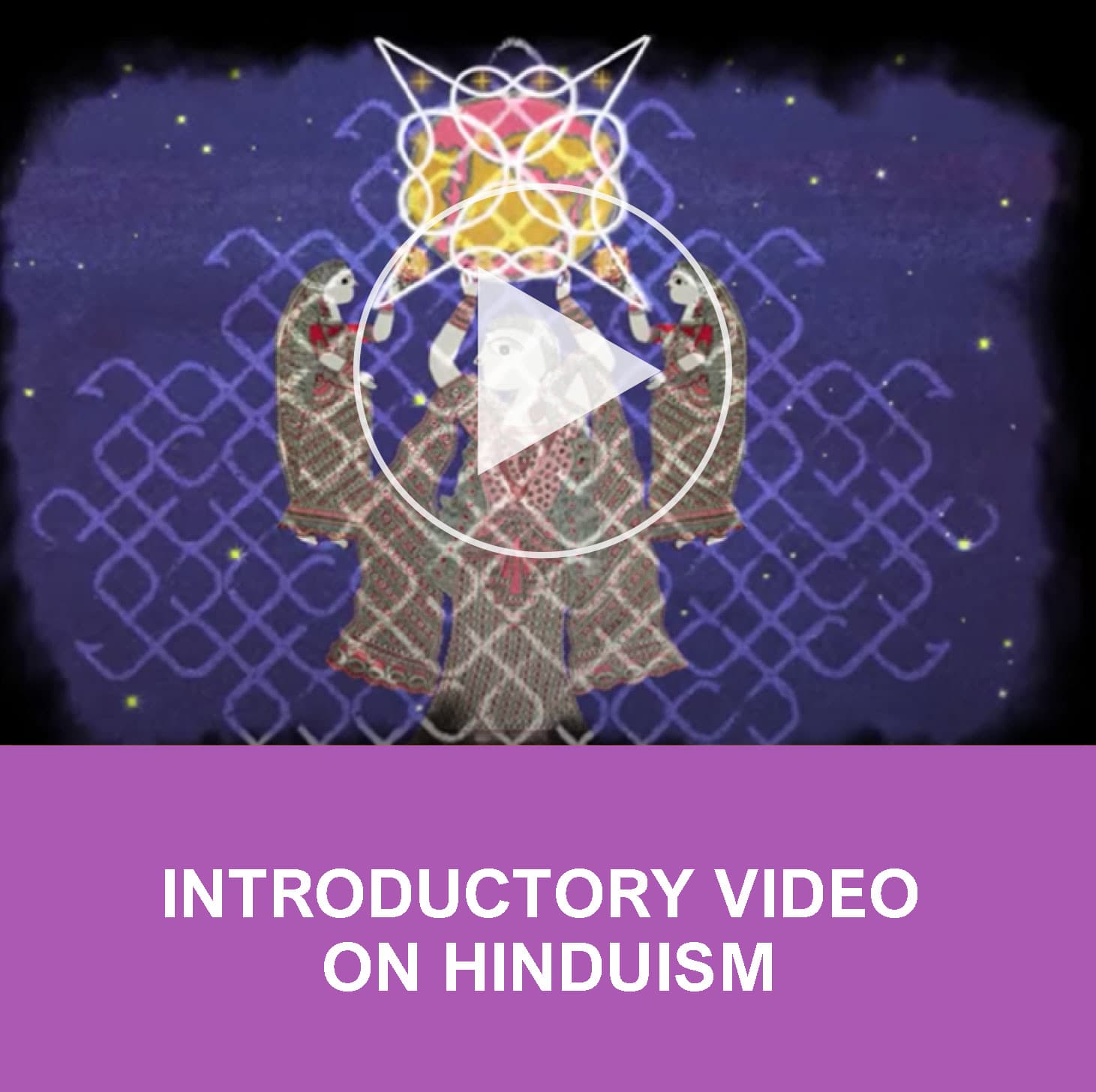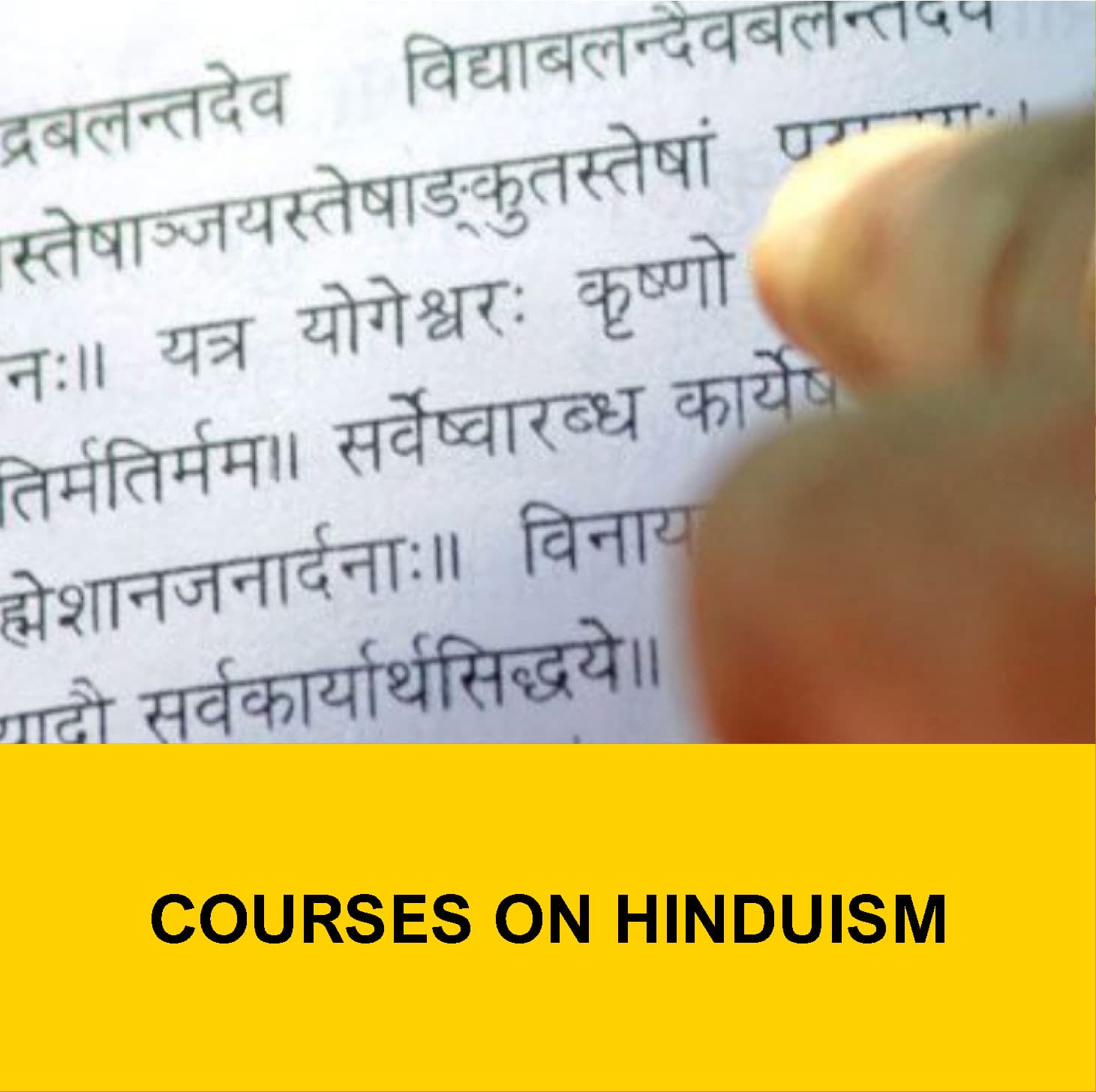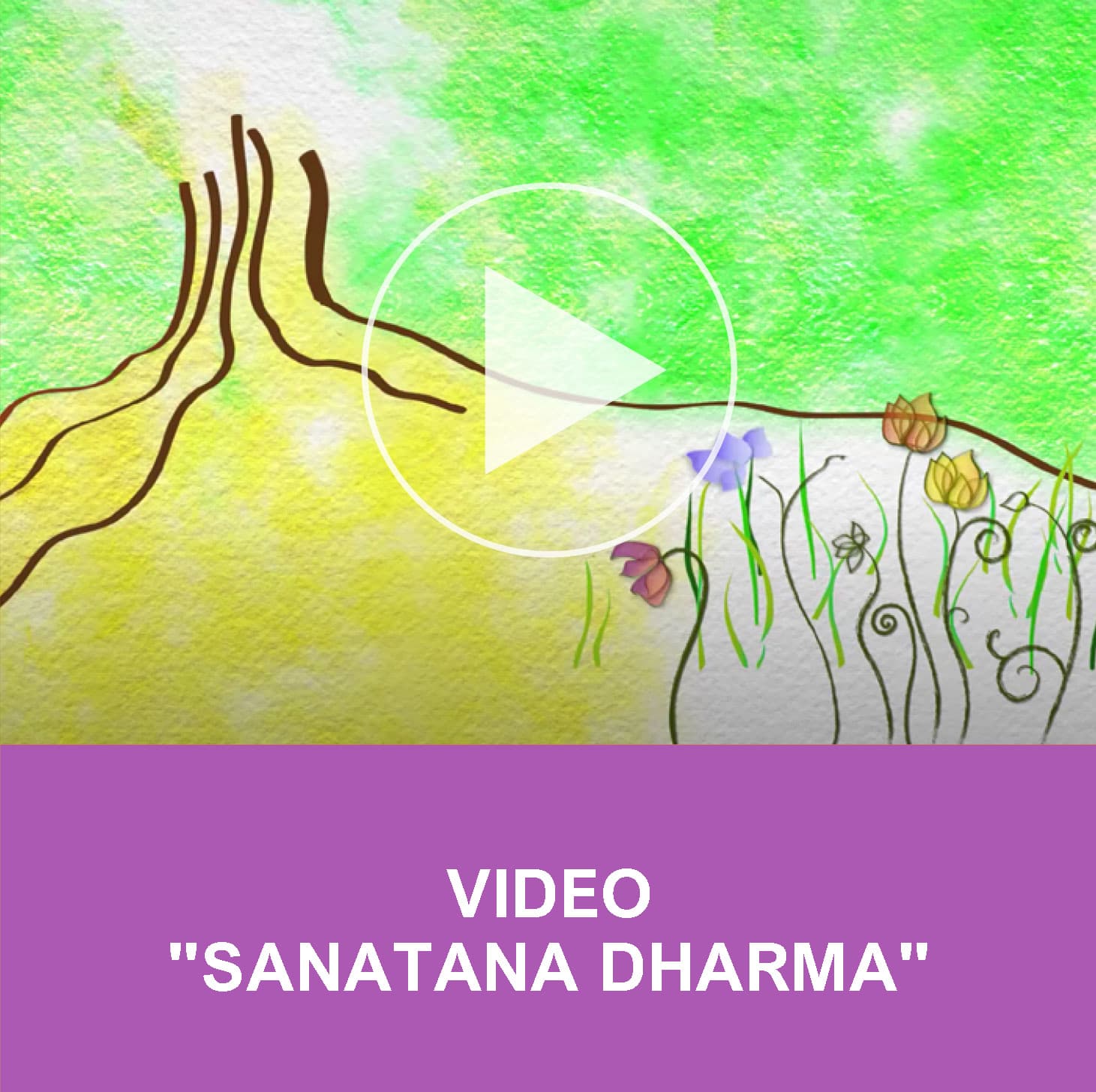LITTLE ENCYCLOPAEDIA
KARMA
The term KARMA derives from the Sanskrit root “kr”, “to do, to act”; it generally translates the idea of something that is done, an action, a job, a duty.
In the Vedas, it refers more specifically to ritual action.
The first references to the law of karman, intended as the law of cause and effect, as an action that binds individuals to the cycle of samsara, are found in the Upanishads.
There are three sources of karman: adhyatmika, that arises from internal impressions; adibhautika, linked to the elements and to environmental and external circumstances; adidaivika, linked to the influence of divine and astronomical forces.
In another sense, karman defines the actions that must be avoided, nishiddha-karman, and those that must be performed, vihita-karman.
The latter are divided in: actions moved by particular motivations, kamya-karman; daily duties, nitya-karma; occasional duties, naimittika-karman.
Far from being fatalism, karman is an assumption of responsibility.
The human being’s destiny is in his hands; the human being is the result of past actions and is the creator of future ones.

Worthy karma, PUNYA

Negative karma, PAPA

Mixed karma, MISHRA
Karman is also divided into: sancita, accumulated in various lives; prarabda, that has begun to bear fruit in the present life; agami, that will be a consequence of present actions; sabija, the most dangerous of all because it is sudden and often destructive.
Each emotion or action creates an impression, samskara. These are comparable to seeds deposited in the barn of the unconscious mind, citta. The desire, latent in the seed, corresponds to the germinative power. The more the desired action is repeated, the stronger the seed-impression. Like the earth, the sun and the water favour the rapid transformation of the seed plant, similarly, repeating an action is equivalent to feeding one’s own tendencies, determining one’s future.
This is the reason why not all seeds germinate together, but only the stronger ones do. The others remain in the “barn” waiting for the ideal conditions (emotions, memories, inspirations) to emerge. The final goal of life is to “burn” this barn and get free from the slavery of desires.
Desires are the bonds that condition life and the cycle of rebirths. This impulse to enjoy the fruits of actions does not come to an end in a single life, but is perpetuated in an uninterrupted cycle of birth, punar-jamna, and death, punar-mrtyu: samsara. Birth and death are nothing more than moments of change in the eternal flow of life.
The sole purpose of samsara is to offer the individual the possibility of perfecting himself, through adherence to dharma, the conscious action that does not produce karman, until he achieves his own divine nature and frees himself from the bondage of his own ego. By dissolving the veil of separation and ignorance, the unique purpose of life is achieved, the realization of the immortal Self.


